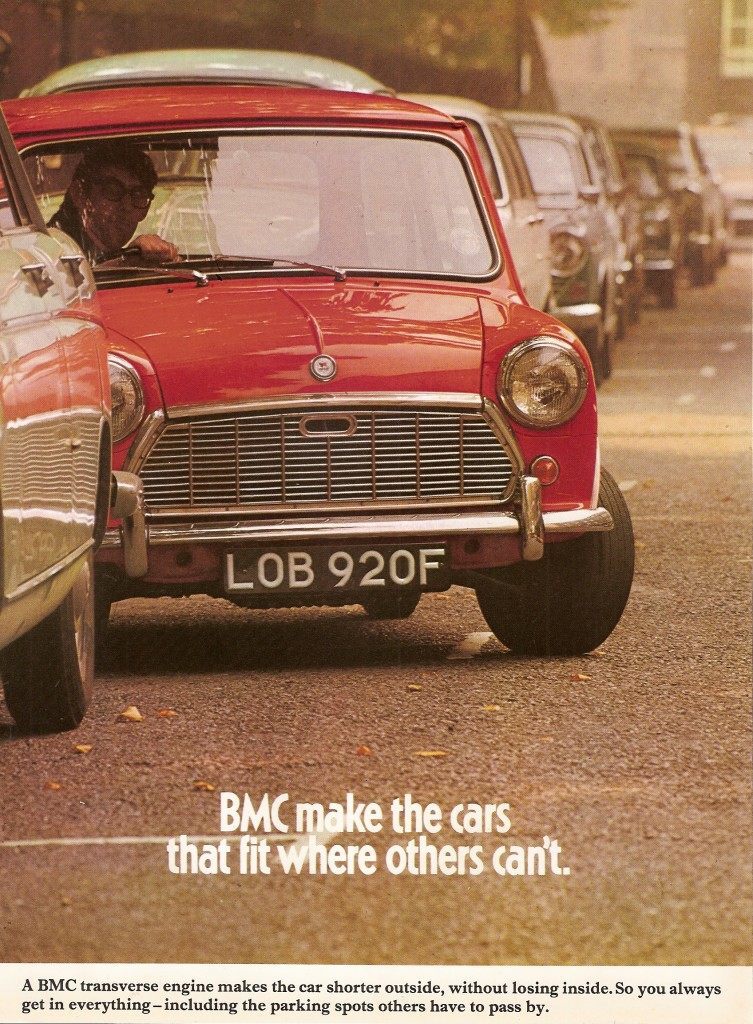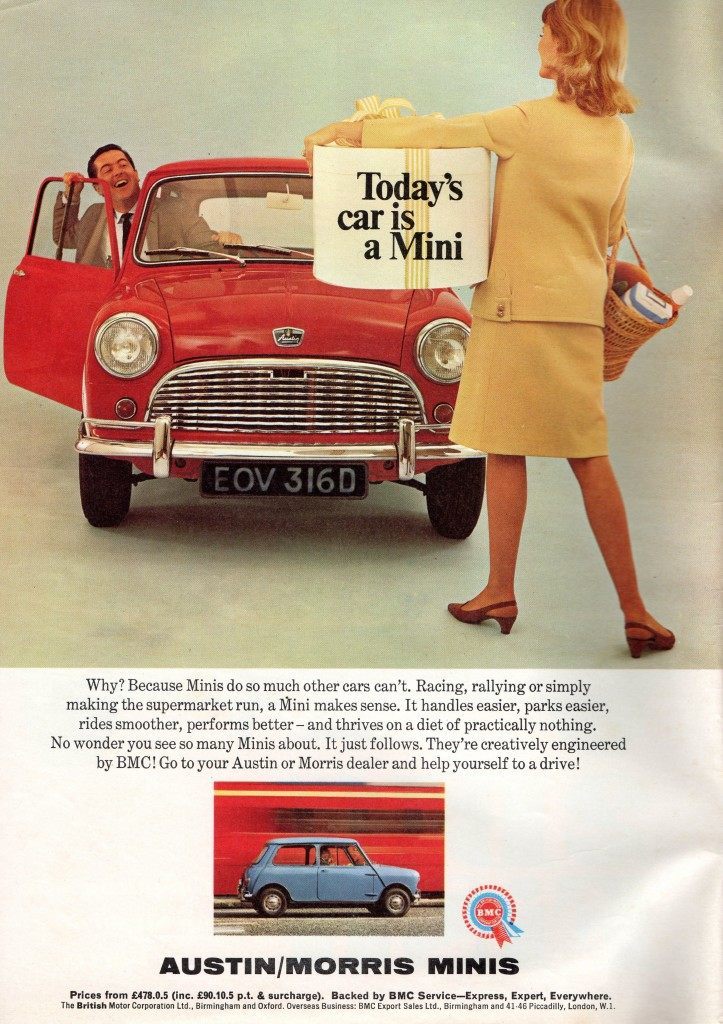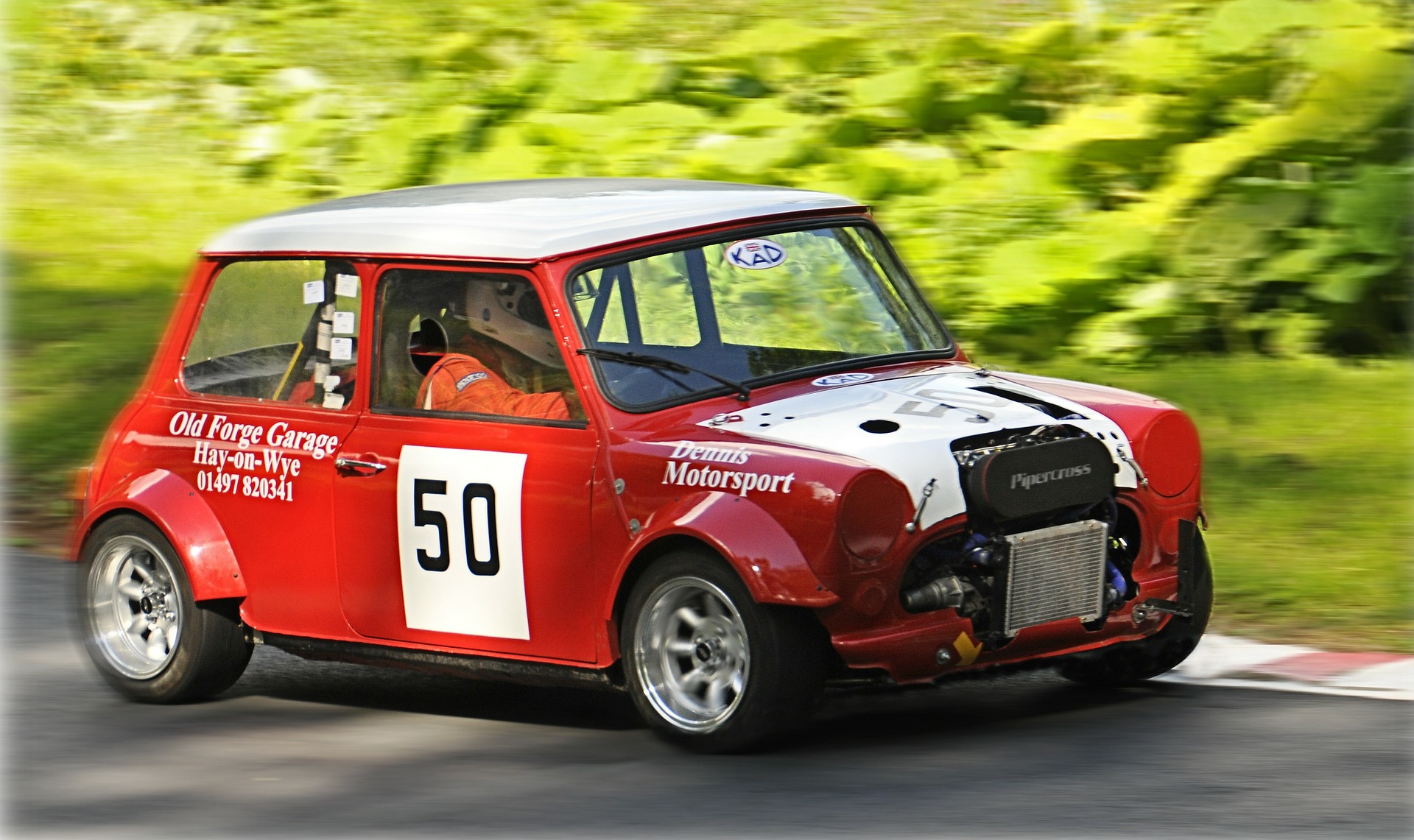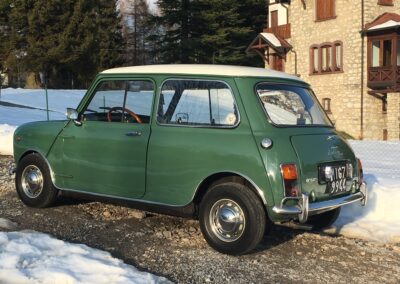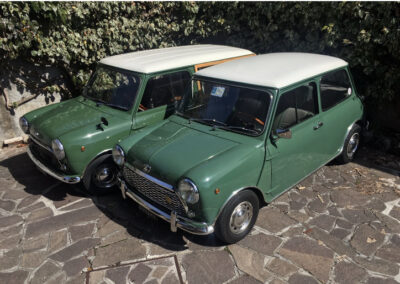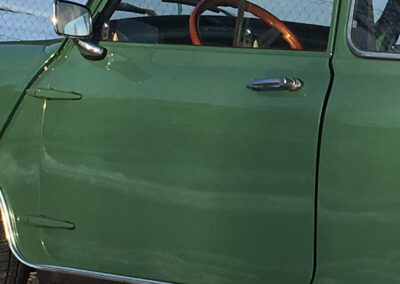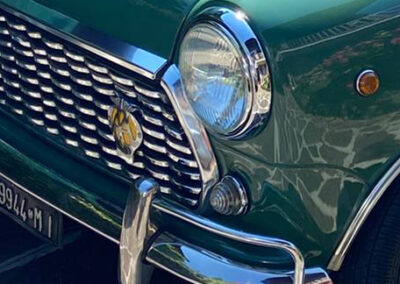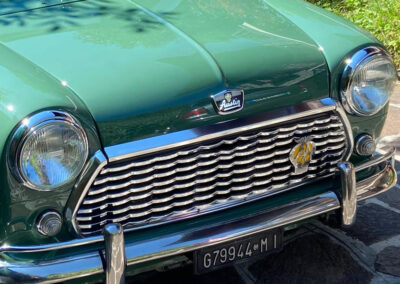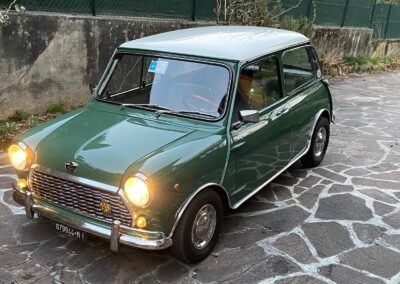Austin Mini-Matic
Austin Mini-Matic
A Landmark Automotive Design
Assembled in all 4 continents across the ‘60, ‘70s and ‘80s, the Mini is A true landmark automotive design that took many names, from Morris to Austin to Cooper to Innocenti – it’s crazy! It’s truly amazing what this car can do in competition, and equally amazing how small a parking spot it can fit into. With movie stardom, a huge fan base, and parts available with relative ease, these cars will always be sought after. No wonder I had to add one to my Car Collection! Find out below why I chose a vintage Austin Mini-Matic.
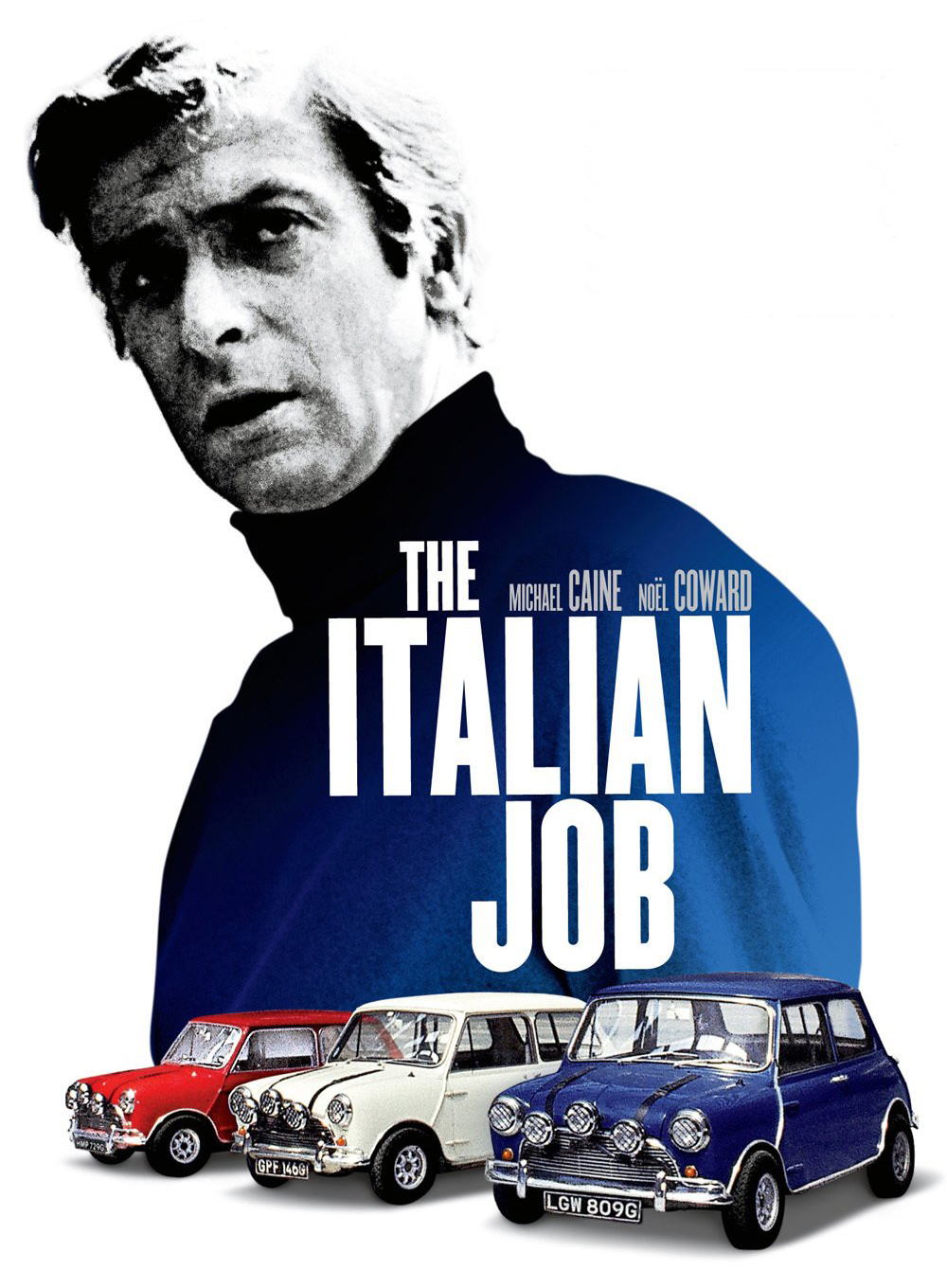

The 1968 Austin Mini-Matic
The Mini has appeared in so many incarnations and has always been a decade ahead of its time. But who would buy a Mini Automatic? Clearly, not enough people did.
Prejudices about this type of transmission penalized this version, and today it is a rare, ultra enjoyable version to drive.
It’s the MINI things that matter in life
The classic British car story starts with a fuel shortage in 1957 caused by the Suez Crisis. The UK experienced a post-war rationing of fuel and sales of large cars tanked, while motorists turned to ultra-efficient small cars, like the Fiat 500 or the VW Beetle. Leonard Lord was the head of BMC and ran the company as his surname suggests. He also despised the tiny foreign cars and set about creating a “proper miniature car”. He set out some basic design parameters, including that the car should fit in a box of 10×4×4 feet, passenger space should take up 6 of the 10 feet in length, and it should use an already-existing engine to save cost.
In stepped the innovative English-Greek designer Alec Issigonis, who made the magic happen. His inspired design was industrialized and production started in earnest.
The Mini launched in 1959, marketed as both the Austin Seven Mini and the Morris Mini-Minor, and arrived as a two-door sedan. It did show up for a short while in North America, named the Austin 850 and Morris 850, but that was about as much as the US saw of it in the metal. Sales were slow to start with, and Ford famously claimed BMC must have been losing around £30 per car.
The Mini entered popular culture in the 1960s, as celebrities and pop stars bought and were seen with them. While that was a major spark that lit the fire, the fact remain that the Mini was an almost-perfect design, built at exactly the right time. It was a small, inexpensive, but also fun-to-drive car, and so full of character. The Mini became uber fashionable as the early 1960s became the swinging ’60s, and popular culture truly embraced the Mini in TV and movies.
After 4 decades in production, the last Mini to roll off the line was a seventh-generation red mini Cooper Sport. Over 5 million Minis were sold in its production run across 41 years.
How we met
We met when I went to inspect a NSU Prinz for a friend. The Prinz was a bad one but this Mini was a real catch – although for me, not for my friend 🙂 And so this classic British car came home with me that very day.


